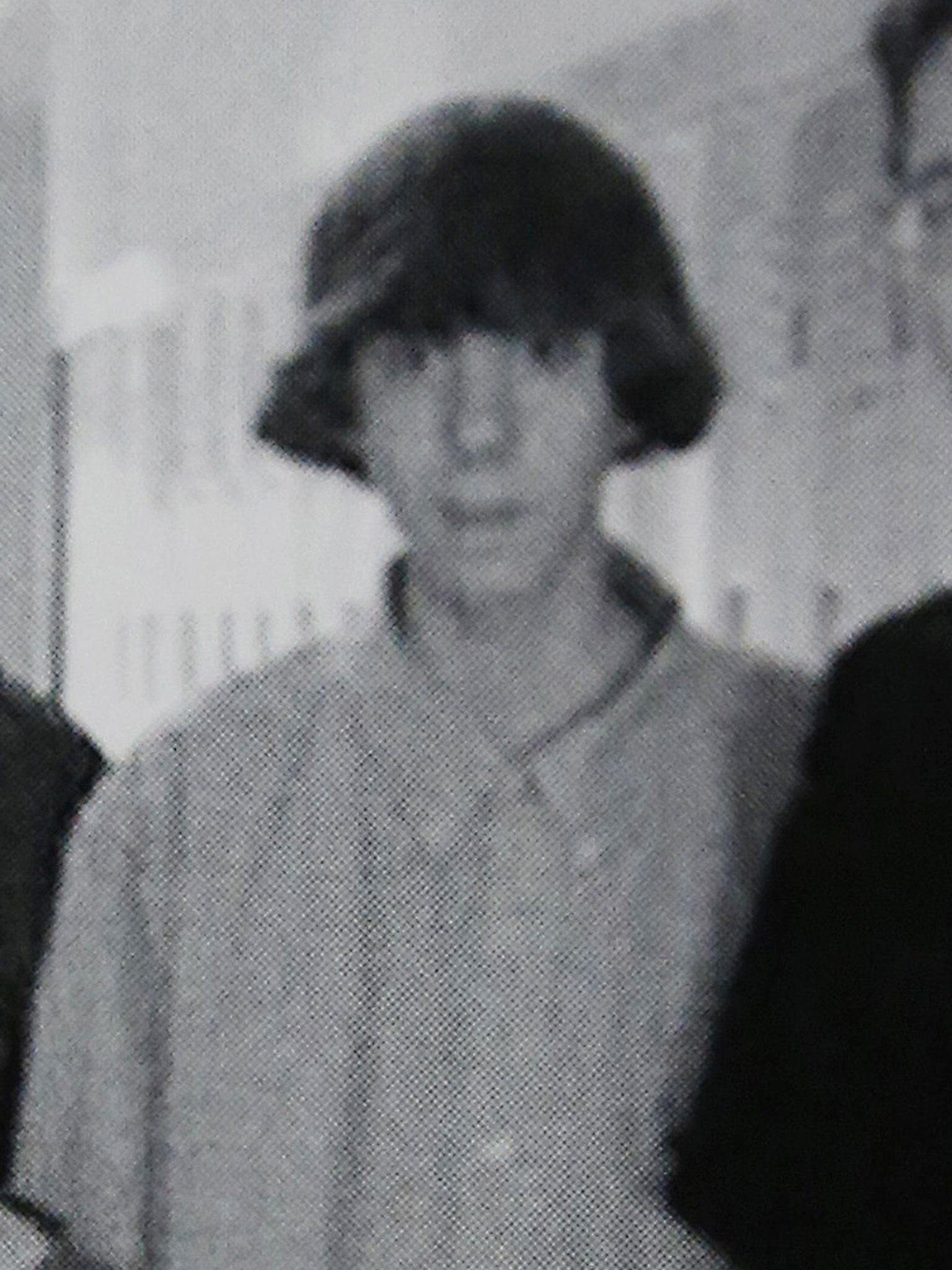Why we're still in the dark about killer Adam Lanza

Your support helps us to tell the story
From reproductive rights to climate change to Big Tech, The Independent is on the ground when the story is developing. Whether it's investigating the financials of Elon Musk's pro-Trump PAC or producing our latest documentary, 'The A Word', which shines a light on the American women fighting for reproductive rights, we know how important it is to parse out the facts from the messaging.
At such a critical moment in US history, we need reporters on the ground. Your donation allows us to keep sending journalists to speak to both sides of the story.
The Independent is trusted by Americans across the entire political spectrum. And unlike many other quality news outlets, we choose not to lock Americans out of our reporting and analysis with paywalls. We believe quality journalism should be available to everyone, paid for by those who can afford it.
Your support makes all the difference.More than a week on from the Newtown massacre, America remains shaken – and still in the dark about Adam Lanza, the 20-year-old gunman who killed 26 people, including 20 defenceless first graders at Sandy Hook Elementary, with a military-style rifle.
Testimony from those acquainted with the killer has painted a picture of a reserved young man with what appears to have been a knack for computers, who spent much of his time alone in his mother's basement in Yogananda Street. It was in that basement that Nancy Lanza is said to have stored her collection of arms.
But beyond a rough picture of his personality, drawn mostly by people who encountered him briefly, exchanging few words, little is known, as many of the "facts" that emerged in the immediate wake of the killings were proved false.
Lanza's mother was not a kindergarten teacher at the school, a fact clarified by police who, days after the killings, said the gunman had no known connection with Sandy Hook. Meanwhile, the attempt to draw a link between Asperger's syndrome, a form of autism which, it was suggested, Lanza suffered from, and violence, has been quashed by experts. In any case, no evidence has been released to suggest that Lanza even had the condition. Suggestions that Lanza had an argument or a dispute with his mother also seems to have hollow foundations.
In this, the Sandy Hook killings follow a pattern of speculation and myth-making seen more than a decade ago when Dylan Kelbold and Eric Harris went on the rampage through Columbine High School. Soon after the 1999 killings, which to many inside and beyond the US brought home the problem of gun violence for the first time, accounts spread about how, for instance, the teenage gunman had targeted particular groups (high school jocks and African American students were said to have been among those singled out by Harris and Kelbold).
But the passage of time proved this "fact" – and others, including the story of the girl who was said to have been gunned down after avowing her faith in God – to be nothing more than a scrap of speculation summoned up to fill the void left by a lack of hard information in the early aftermath of the shooting.
David Cullen, who was among the pack of journalists who rushed to cover that massacre, wrote of the risks in such cases earlier this year, when a different Colorado town, Aurora, suffered its own mass shooting. Writing in the New York Times in the wake of the July killings at a screening of the new Batman film, he returned to the days just after Columbine: "I ran with the journalistic pack that created the myths we are still living with.
"We created those myths for one reason: we were trying to answer the burning question of why, and we were trying to answer it way too soon. I spent 10 years studying Columbine, and we all know what happened there, right? Two outcast loners exacted revenge against the jocks for relentlessly bullying them. Not one bit of that turned out to be true."
In the Lanza case, we are still at the first stage, where early facts are being tested, and often discredited, as investigators attempt to work out why he killed his mother at home before heading out to massacre 26 people at the school. He was dressed in black, reportedly with a utility vest, during the killings, but why is unknown. He played violent video games, but whether there is a causal link remains to be seen.
Mr Cullen – who years after the 1999 massacre went on to write a book, Columbine, about the killings – wrote in the summer: "Resist the temptation to extrapolate details prematurely into a whole... The killer is rarely who he seems."
Join our commenting forum
Join thought-provoking conversations, follow other Independent readers and see their replies
Comments